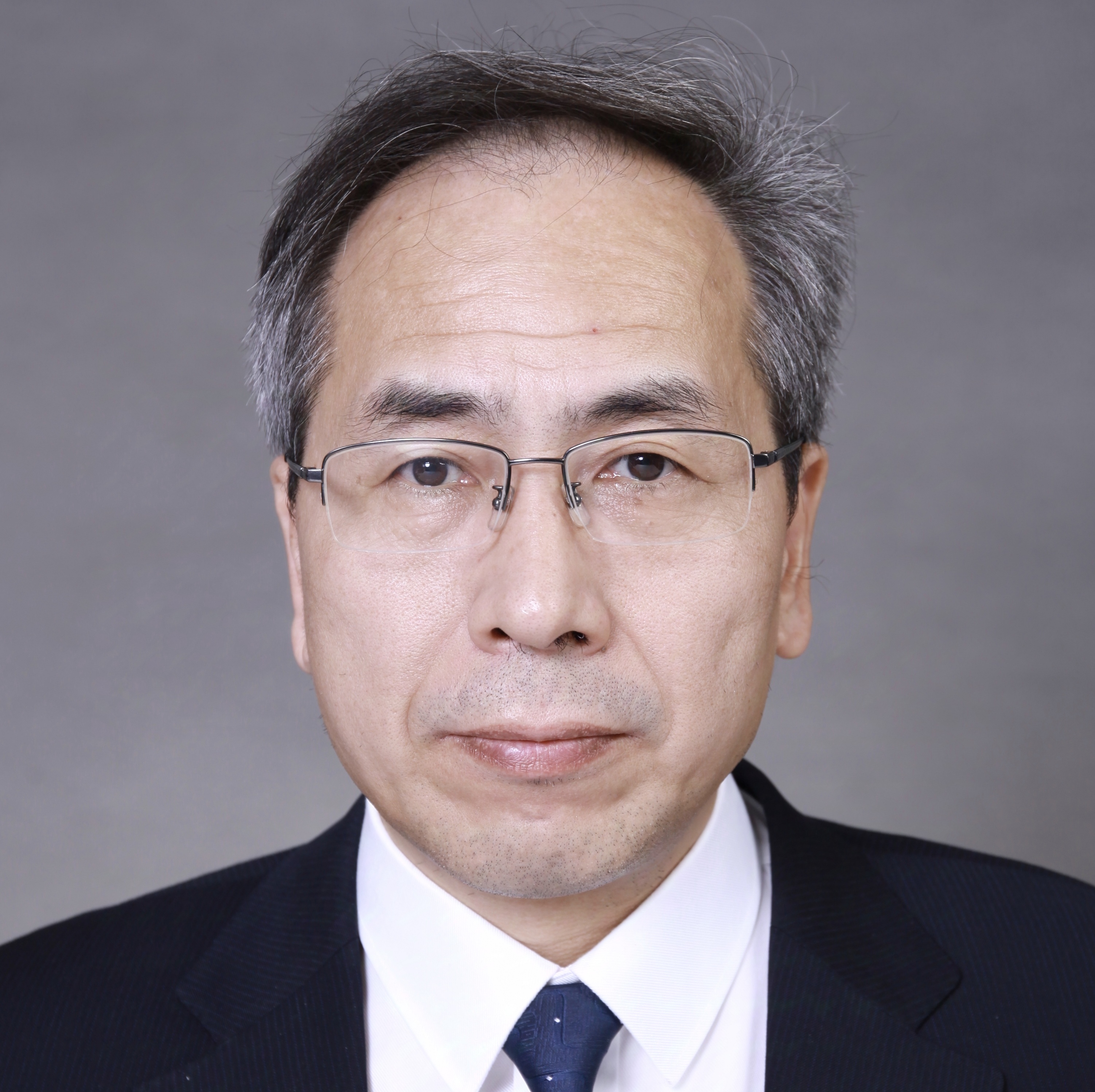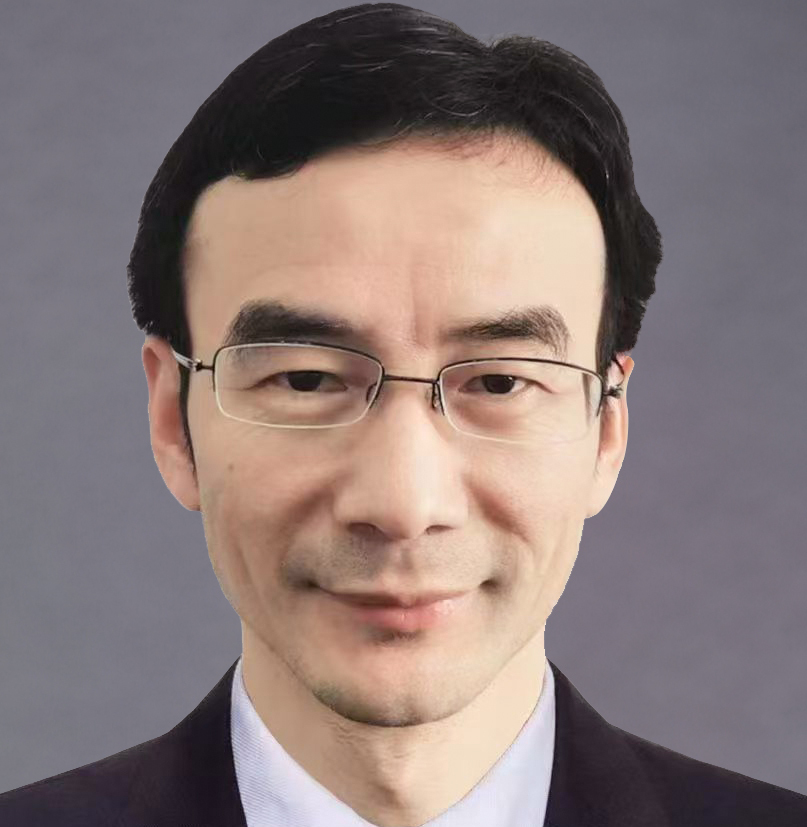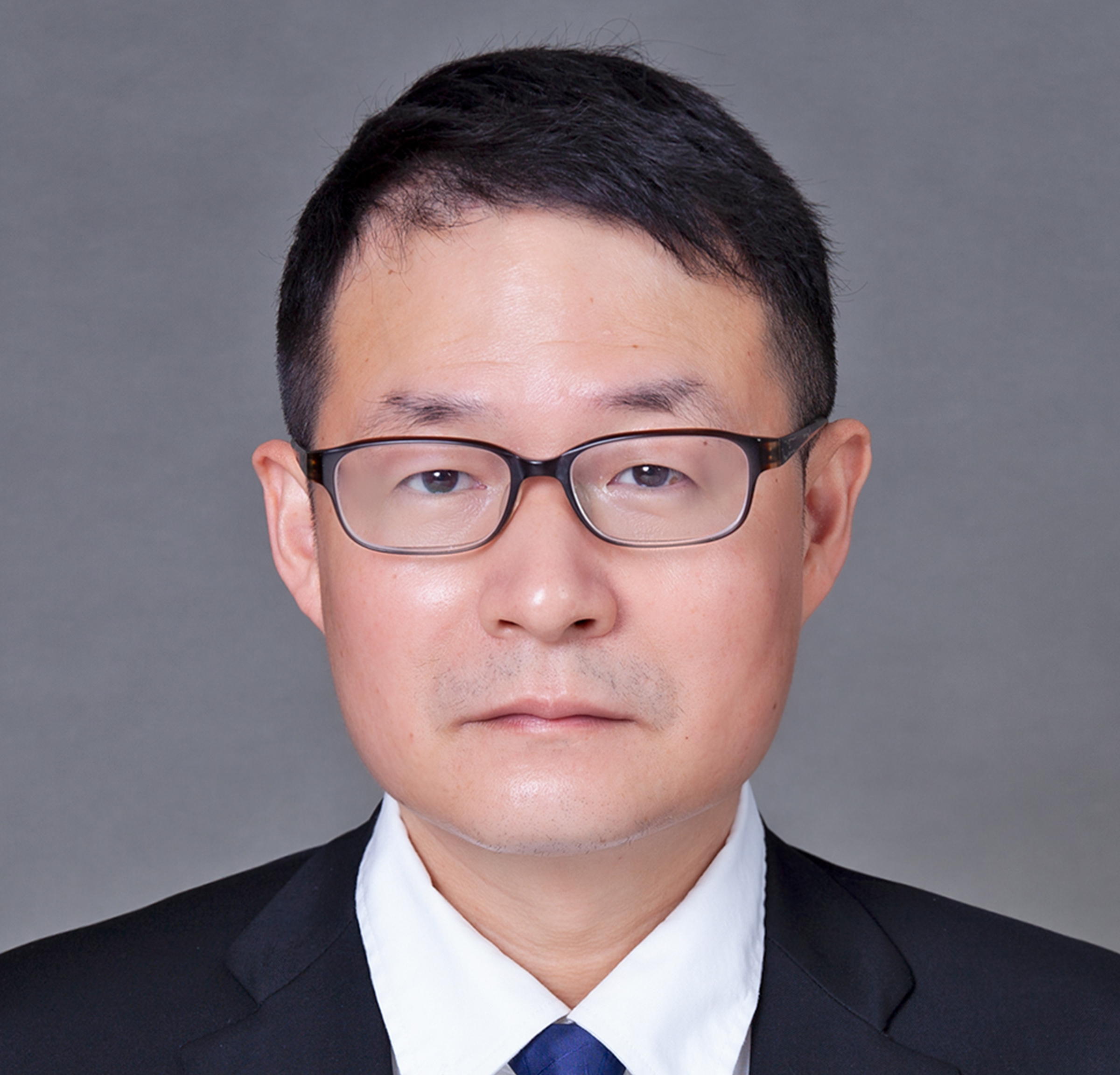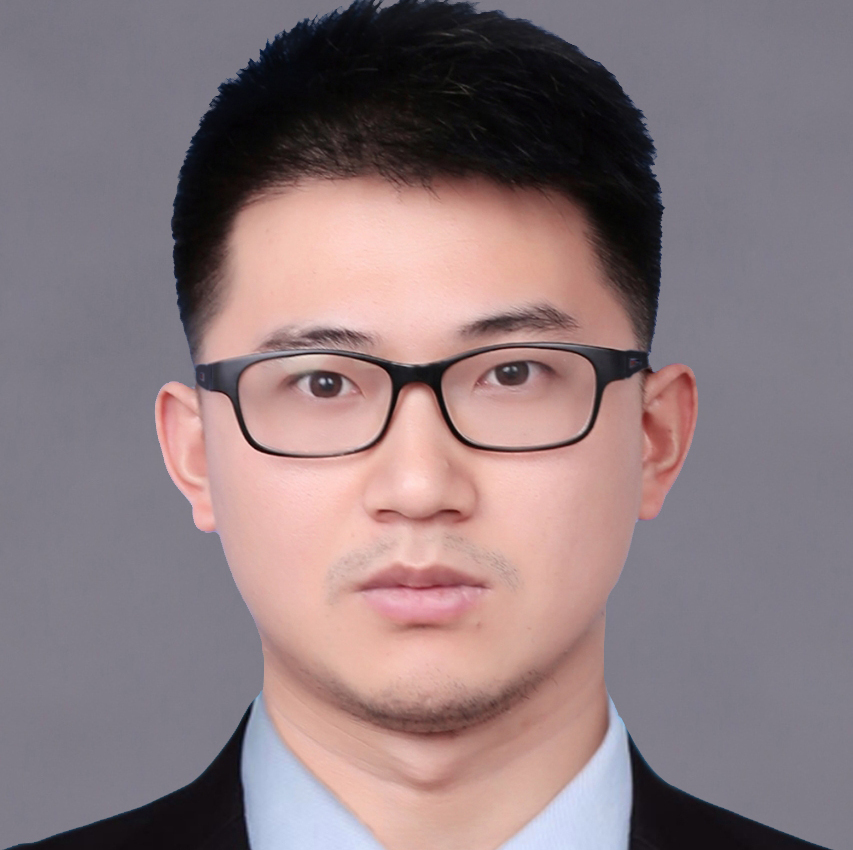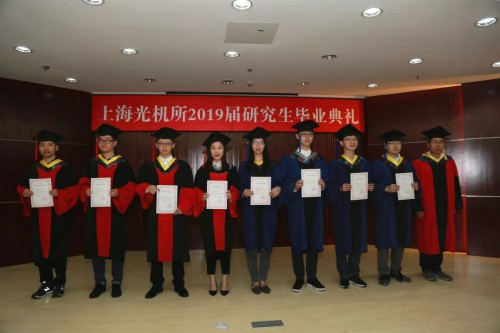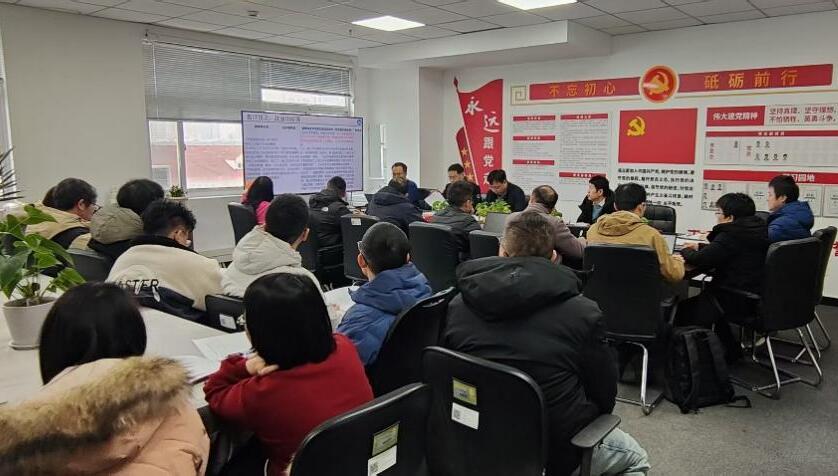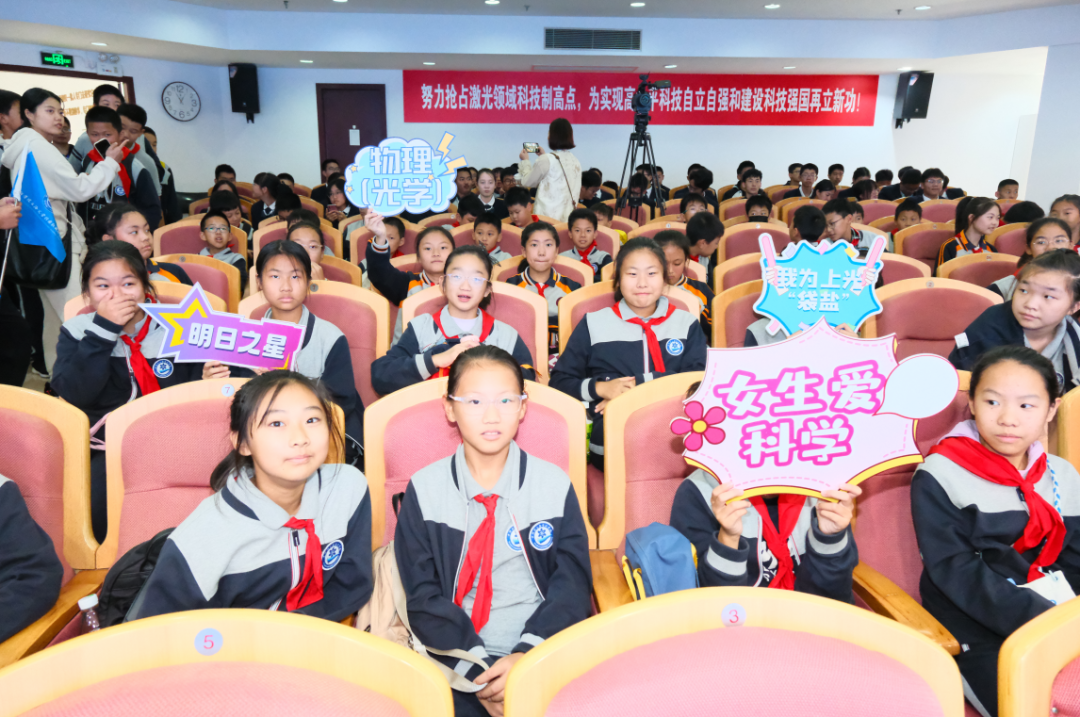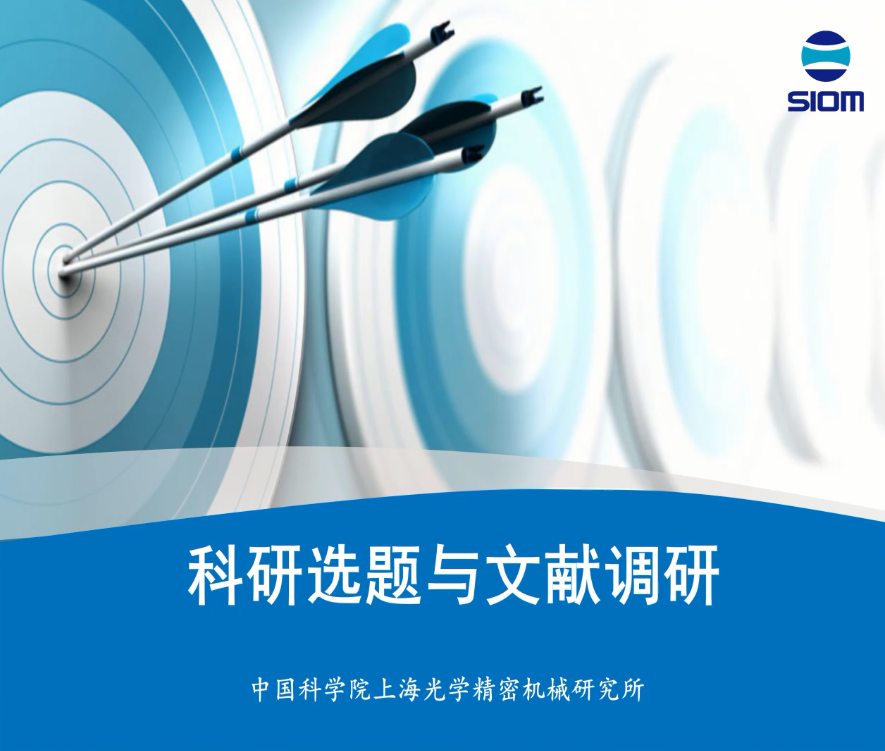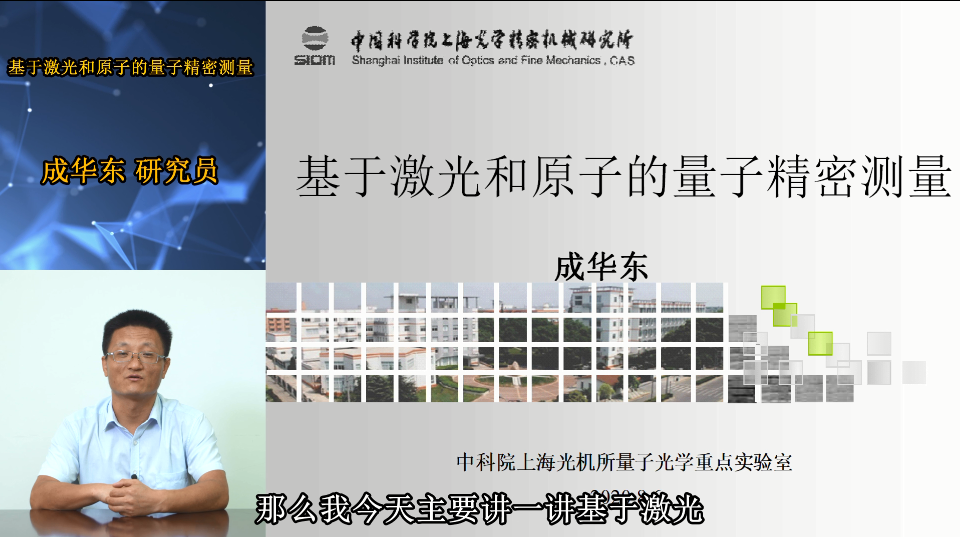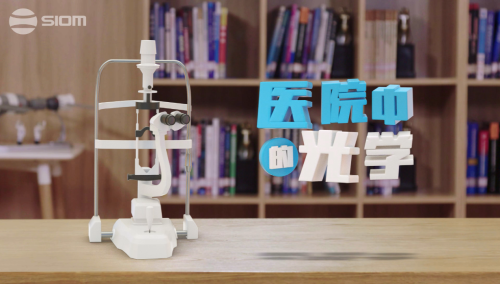题目:Optical modeling beyond ray tracing
姓名:Prof. Dr. Frank Wyrowski,
单位:University of Jena, Germany
时间:2012年10月8号(周一)下午1:45
地点:溢智厅
Abstract:Modern optical systems may contain a large variety of optical components as for example refractive, diffractive, hybrid, Fresnel and GRIN lenses, diffractive optical elements, diffusers, beam shapers, diffractive beam splitters, computer generated holograms, phase plates, gratings, elements with free form surfaces and micro lens arrays. In addition light sources with different properties as for example degree of coherence, color and polarization can be used. Nowadays there exists no single modeling technique that allows the complete analysis of such systems which combine conventional optical components with micro‐ and nanostructured components. Ray tracing is fast but is not accurate enough for the simulation of most micro‐ and nanostructured components. Rigorous solvers of Maxwell's equations like finite element methods (FEM) enable the modeling of all components in general, but for system simulation they require far too much computer resources even in face of recent computer technology developments. Besides this technical limitation it is not reasonable to apply a Maxwell solver for propagating, for instance, a laser beam through a lens also from a principal point of view. It is much more efficient and accurate enough to select suitable modeling techniques for different components of a system, e.g. geometrical optics for propagating a laser beam through a lens, the Rayleigh Sommerfeld integral to obtain the beam in the focus of the lens and FEM to model the scattering of the focused beam at some microstructure. In modern optics we have a great variety of such situations. In all of them a smooth combination of diverse modeling techniques is demanded. A unified optical modeling approach is required. Field tracing is introduced to tackle this challenge.
In the first part of the talk we present the basic idea of field tracing and illustrate some of the benefits by examples. The applications are presented with the optics software VirtualLab™, which is the first field tracer on the market. We briefly describe the way to apply field tracing by VirtualLab™ and for example how to get maximum benefit of field tracing by combining existing VirtualLab™ features with customer originated modules in C# and MATLAB®.
In the second part of the talk we discuss designing optical systems for light shaping, including diffractive optics, on the basis of field tracing. In particular we consider systems for laser beam shaping and diffractive diffusers.
In the third part of the talk various topics are offered from which the audience can select the ones of major interestincluding field tracing modeling of and for e.g.:
Lenses
Gratings
Diffractive optical elements (DOEs)
Micro lens arrays
CGH’s and kinoforms
Laser beam propagation
Polarization
Interference
Partially coherent sources
Color
Ultrashort pulses
In a final questions and answers part of the talk the importance and potential of field tracing and its implementation by VirtualLab™ can be discussed in more detail and conclusions can be drawn.
Resume: Frank Wyrowski received his doctoral degree in applied physics from University of Essen, Germany, in 1988. His thesis was entitled Digital Signal Encoding in Optical Information Technology. In 1992 he received his Dr. habil. at the same university with a thesis entitled Diffractive Optics on the Base of Scalar Diffraction Theory. He then joined Philips company in Eindhoven, the Netherlands, where he worked in the field of laser materials processing with special emphasis of the use of diffractive optics. In 1994 he became head of the Department for Holography and Diffractive Optics at Berlin Institute of Optics GmbH, Germany. In 1996 he was appointed Professor of Technical Physics at the Friedrich- Schiller-University of Jena, Germany. In 1999 he founded the company LightTrans GmbH. Professor Wyrowski has published more than 100 articles in the fields of diffractive optics, holography, information processing, halftoning, and optical modeling and design. He is a co-editor (with J. Turunen) of the book Diffractive Optics for Industrial and Commercial Applications. In 2004 he received the grade of a fellow of SPIE - The International Society for Optical Engineering. He was member of the board of directors of SPIE from 2003-2005. In 2008 he received the grade of a guest professor of the Jiangsu University in China.
Frank Wyrowski was appointed Professor of Technical Physics at the Friedrich Schiller University of Jena, Germany, in 1996. In 1999 he founded the company LightTrans GmbH. He actually focuses on R&D in physical optics, laser modeling, unified optical modeling and design, micro and diffractive optics, and lighting.



